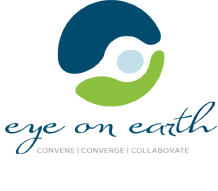Summit Governance
The Summit has been developed under a structure of governance that provides for clarity of purpose, consistency and relevance of content and commitment to outcomes.
A key consideration in the formation of the Summit Governing bodies has been establishing balanced representation, including consideration of geographic distribution, the inclusion of diverse audience segments and close cooperation and integration with the United Nations Environment Programme, the UN and UN Major Groups, which themselves include a broad range of international stakeholders.

Executive Advisory Board (EAB)
Responsible for the ratification of the recommended content of the Summit and Exhibition, including the Summit’s direction, areas of focus and speakers as well as the review and input to the draft thematic White Papers.
Framework Committee (FC)
Defines the Summits overarching conceptual framework including the program design for the plenary and session talks as well as input to the Exhibition and edutainment venues and the definition of the Special initiatives and other outcomes.
Working Groups (WG)
Convened to identify and frame the most challenging environmental data and information issues. Each working group comprises through leaders in their respective fields and represents a variety of sector as well as geographical interests. The : Working Groups are:
- Working Group 1: Policy, Governance and Institutional Networking
- Working Group 2: Content and User Needs
- Working Group 3: Technical Infrastructure
- Working Group 4: Capacity Building, Education and Awareness Raising
- Working Group 5: Applications Showcase
